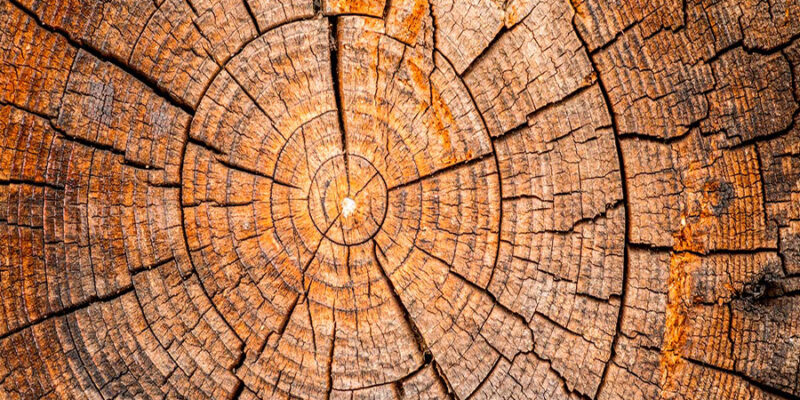In the pursuit of understanding the downfall of the once-thriving city of Cahokia, archaeologists have turned to an unconventional yet revealing source: tree ring records, known as dendrochronology. By 1150 AD, Cahokia, a bustling metropolis, found itself besieged by internal conflict, teetering on the edge of collapse as its inhabitants began a mass exodus. What precipitated this turmoil that ultimately led to the demise of this magnificent city?
The Role of Climate in Cahokia’s Decline
Examination of tree ring data has shed light on a surprising culprit – climate. Analysis revealed a significant narrowing of tree rings around 1150 AD, indicative of prolonged periods of dry weather, likely caused by severe droughts. This climatic shift aligned closely with the onset of Cahokia’s decline. The implications of this discovery are profound.
Impact of Drought on Cahokia’s Agriculture
To sustain its population of 20,000, Cahokia relied heavily on agriculture, particularly corn cultivation. However, years of drought would have devastated their crop yields, severely impacting food production and availability. The resulting scarcity likely exacerbated social tensions and contributed to the city’s destabilization.
Parallels with Other Ancient Civilizations
The fate of Cahokia mirrors the experiences of other advanced civilizations, such as the Mayans and Aztecs, who also faced collapse due to the adverse effects of climate change, particularly drought. This underscores the vulnerability of even the most powerful cities when confronted with environmental challenges.
A Poignant Reminder
The story of Cahokia serves as a poignant reminder of the fragility of human settlements in the face of climate variability. Despite its grandeur and sophistication, Cahokia succumbed to the relentless impact of drought, highlighting the profound influence of environmental factors on the course of history.










Comments